What is Freight Forwarders role?
There is a lot that goes into arranging your international shipping. While the freight forwarder handles the details of your international shipping, it is important to know what a freight forwarder does not do in order to understand what a freight forwarder actually does.
A freight forwarder does not actually move your freight itself.
The freight forwarder acts as an intermediary between a shipper and various transportation services such as ocean shipping on cargo ships, trucking, expedited shipping by air freight, and moving goods by rail.
A freight forwarding service utilizes established relationships with carriers, from air freighters and trucking companies, to rail freighters and ocean liners, in order to negotiate the best possible price to move shippers’ goods along the most economical route by working out various bids and choosing the one that best balances speed, cost, and reliability.
Freight forwarders handle the considerable logistics of shipping goods from one international destination to another, a task that would otherwise be a formidable burden for their client. After knowing role of Freight Forwarder, there is one more question
Why should Exporter use a Freight Forwarder?
A good freight forwarding service can save you untold time and potential headaches while providing reliable transportation of products at competitive rates.
A freight forwarder is an asset to almost any company dealing in international transportation of goods, and is especially helpful when in-house resources are not versed in international shipping procedures.
There are many advantages to using a freight forwarder. Here are a few listed:
• A Freight Forwarder handles ancillary services that are part of the international shipping business
◦ Insurance
◦ Customs Documentation etc
• A Freight Forwarder provides to consolidators as well as individual shippers:
◦ Non-Vessel Operating Common Carrier documentation
◦ Bills of Lading
◦ Warehousing
◦ Risk Assessment and Management
◦ Methods of International Payment etc…
Helpful Links

Booking Format
• Required to be filled by the shipper for all new booking/shipment at the time of booking request
• Request you to fill all the fields in order to place and release the booking from the carrier
• If packing list is available at the time of booking, please provide the same along with booking request form

ACD Format
• Required for all outland shipments to USA and Canada
• Required to be filled by the shipper on their letter head and submitted to us immediately after stuffing of the container
• This letter needs to be duly signed and stamped
• Please note that ACD cut off for most carriers is 2-3 days prior vessel arrival at Port of Loading

ISF Format
• Required for all outbound shipments to USA
Note : ISF has to be filed in the US customs by the consignee/his broker
• Required to be filled by the shipper and submitted to us along with Shipping Instructions
Note : We shall complete the forwarder’s information and send the filed form to the shipper as per the pre-agreed arrangement on filing
• Please note that ISF cut off with US customs at destination, is 24 hours prior to vessel sailing. For smooth ISF filing request you to submit the ISF details as soon as possible (at least 48 hours) before vessel departure
Note : IF ISF is not filed/delayed in filing/or found to contain incorrect information, consignee can be fined a minimum of US$5000, as per the U.S. Customs rules

Power of Attorney
• Required for all outbound shipments to USA
• Required to be filled by the consignee and submitted to us along with Shipping Instructions
• This letter must be duly signed and stamped
• This is required for all shipments where AMS/ISF is filed by Partner of SEALAND SHIPPING With the U.S. customs directly
• Please let us know the consignee Bond Number with the US customs also

Invoice & Packing List

AMS Format
• Required for all outbound shipments to USA
• Required to be filled by the shipper and submitted to us along with Shipping Instructions
• Please note that AMS cut off with US customs is 48 hours prior to vessel sailing For smooth AMS filing request you to submit the AMS details as soon as possible (at least 72 hours) before vessel departure

Form SDF
Container Dimension
20’ Dry Cargo Container

40’ Dry Cargo Container

40’ Hi-Cube Dry Cargo Container
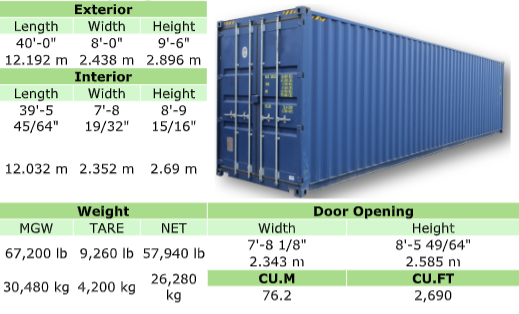
20’ Refrigerated Container

20’ Refrigerated Container

40’ Hi-Cube Refrigerated Container

20’ Open Top Container
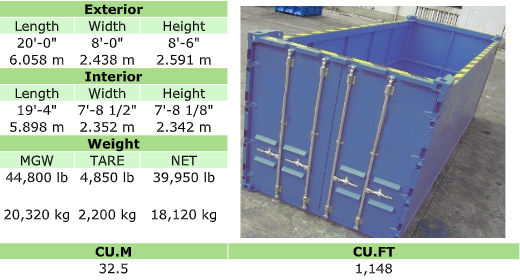
20’ Flat Rack Container with Four Freestanding Posts
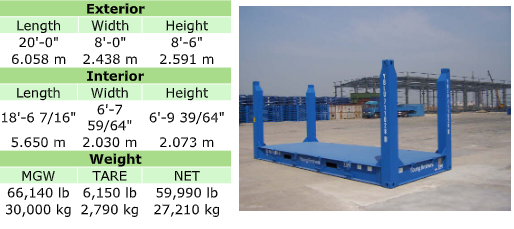
20’ Flat Rack Container with Collapsible End

40’ Open Top Container

40’ Flat Rack Container with Four Freestanding Posts
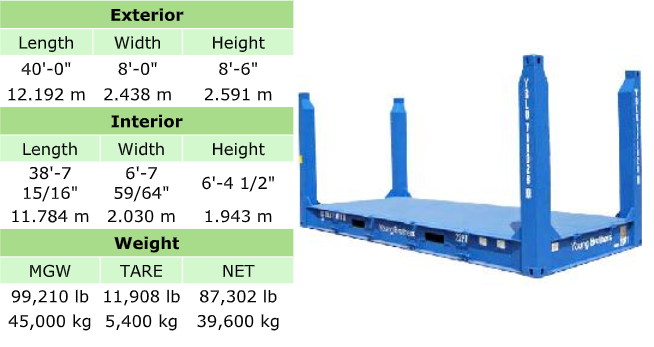
40’ Flat Rack Container with Collapsible End

40’ Hi-Cube Open Top Container

40’ Hi-Cube Flat Rack Container with Collapsible End
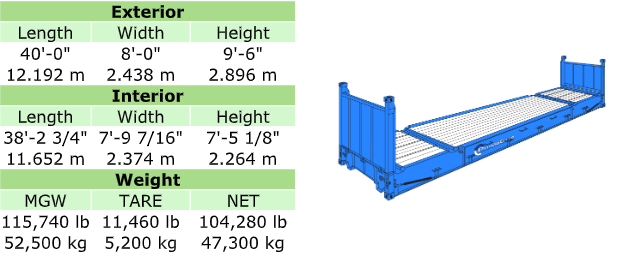
Incoterms
EX-Works
One of the simplest and most basic shipment arrangements places the minimum responsibility on the seller with greater responsibility on the buyer. In an EX-Works transaction, goods are basically made available for pickup at the shipper/seller’s factory or warehouse and “delivery” is accomplished when the merchandise is released to the consignee’s freight forwarder. The buyer is responsible for making arrangements with their forwarder for insurance, export clearance and handling all other paperwork.
FOB (Free On Board)
One of the most commonly used-and misused-terms, FOB means that the shipper/seller uses his freight forwarder to move the merchandise to the port or designated point of origin. Though frequently used to describe inland movement of cargo, FOB specifically refers to ocean or inland waterway transportation of goods. “Delivery” is accomplished when the shipper/seller releases the goods to the buyer’s forwarder. The buyer’s responsibility for insurance and transportation begins at the same moment.
FCA (Free Carrier)
In this type of transaction, the seller is responsible for arranging transportation, but he is acting at the risk and the expense of the buyer. Where in FOB the freight forwarder or carrier is the choice of the buyer, in FCA the seller chooses and works with the freight forwarder or the carrier. “Delivery” is accomplished at a predetermined port or destination point and the buyer is responsible for Insurance.
FAS (Free Alongside Ship)
In these transactions, the buyer bears all the transportation costs and the risk of loss of goods. FAS requires the shipper/seller to clear goods for export, which is a reversal from past practices. Companies selling on these terms will ordinarily use their freight forwarder to clear the goods for export. “Delivery” is accomplished when the goods are turned over to the Buyers Forwarder for insurance and transportation.
CFR (Cost and Freight)
This term formerly known as CNF (C&F) defines two distinct and separate responsibilities-one is dealing with the actual cost of merchandise “C” and the other “F” refers to the freight charges to a predetermined destination point. It is the shipper/seller’s responsibility to get goods from their door to the port of destination. “Delivery” is accomplished at this time. It is the buyer’s responsibility to cover insurance from the port of origin or port of shipment to buyer’s door. Given that the shipper is responsible for transportation, the shipper also chooses the forwarder.
CIF (Cost, Insurance and Freight)
This arrangement similar to CFR, but instead of the buyer insuring the goods for the maritime phase of the voyage, the shipper/seller will insure the merchandise. In this arrangement, the seller usually chooses the forwarder. “Delivery” as above, is accomplished at the port of destination.
CPT (Carriage Paid To)
In CPT transactions the shipper/seller has the same obligations found with CIF, with the addition that the seller has to buy cargo insurance, naming the buyer as the insured while the goods are in transit.
CIP (Carriage and Insurance Paid To)
This term is primarily used for multimodal transport. Because it relies on the carrier’s insurance, the shipper/seller is only required to purchase minimum coverage. When this particular agreement is in force, Freight Forwarders often act in effect, as carriers. The buyer’s insurance is effective when the goods are turned over to the Forwarder.
DAF (Delivered At Frontier)
Here the seller’s responsibility is to hire a forwarder to take goods to a named frontier, which usually a border crossing point, and clear them for export. “Delivery” occurs at this time. The buyer’s responsibility is to arrange with their forwarder for the pickup of the goods after they are cleared for export, carry them across the border, clear them for importation and effect delivery. In most cases, the buyer’s forwarder handles the task of accepting the goods at the border across the foreign soil.
DES (Delivered Ex Ship)
In this type of transaction, it is the seller’s responsibility to get the goods to the port of destination or to engage the forwarder to the move cargo to the port of destination uncleared. “Delivery” occurs at this time. Any destination charges that occur after the ship is docked are the buyer’s responsibility.
DEQ (Delivered Ex Quay)
In this arrangement, the buyer/consignee is responsible for duties and charges and the seller is responsible for delivering the goods to the quay, wharf or port of destination. In a reversal of previous practice, the buyer must also arrange for customs clearance.
DDP (Delivered Duty Paid)
DDP terms tend to be used in intermodal or courier-type shipments. Whereby, the shipper/seller is responsible for dealing with all the tasks involved in moving goods from the manufacturing plant to the buyer/consignee’s door. It is the shipper/seller’s responsibility to insure the goods and absorb all costs and risks including the payment of duty and fees.
DDU (Delivered Duty Unpaid)
This arrangement is basically the same as with DDP, except for the fact that the buyer is responsible for the duty, fees and taxes.
Get in Touch
98255 98153
jaynit@sealandshipping.in sales@sealandshipping.in
